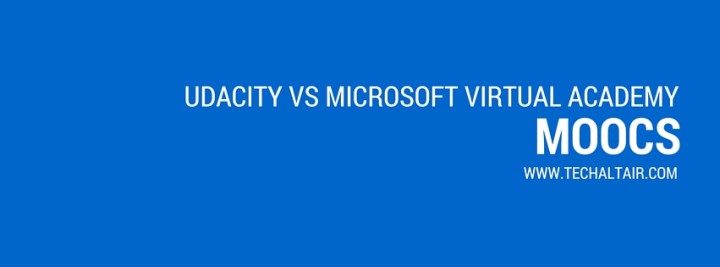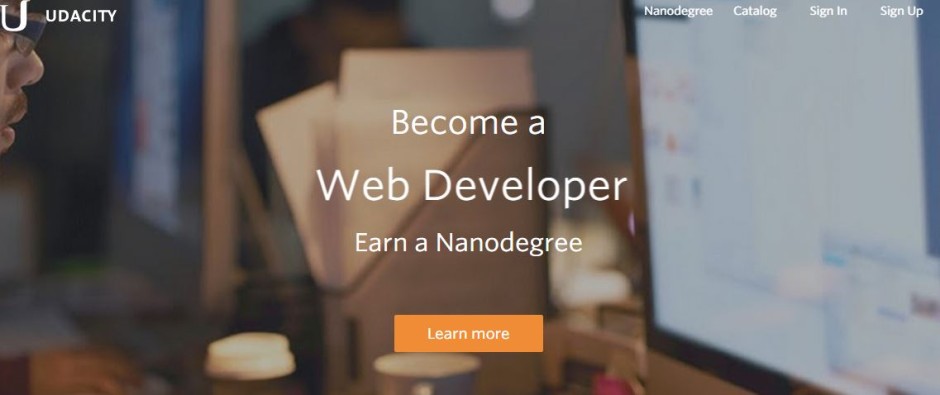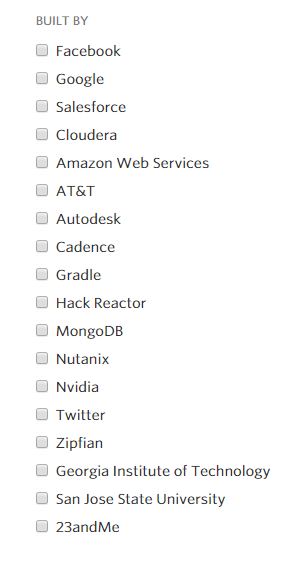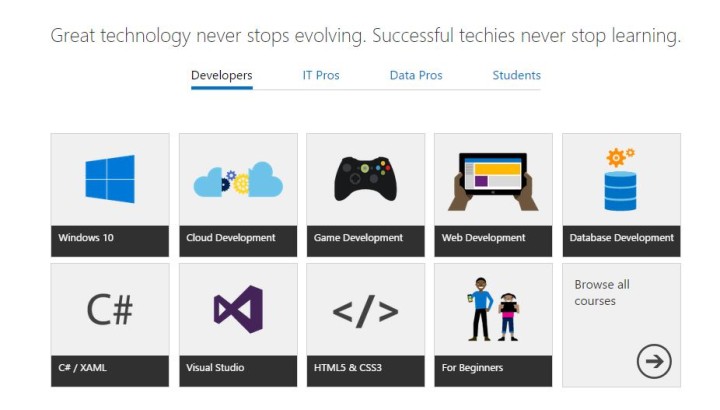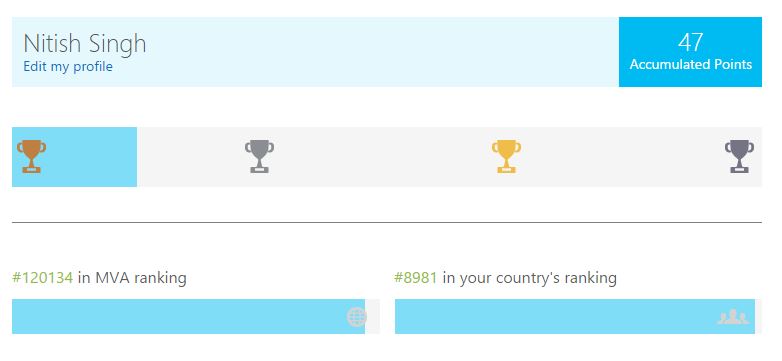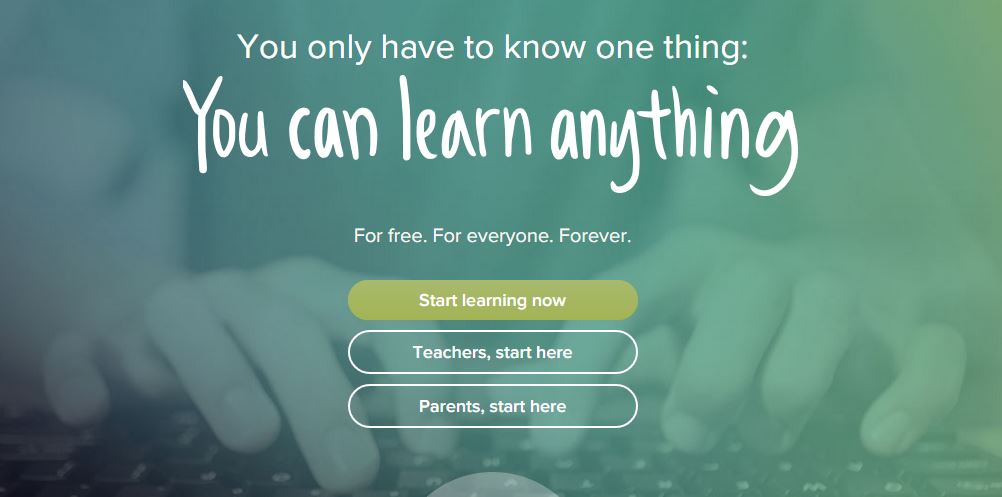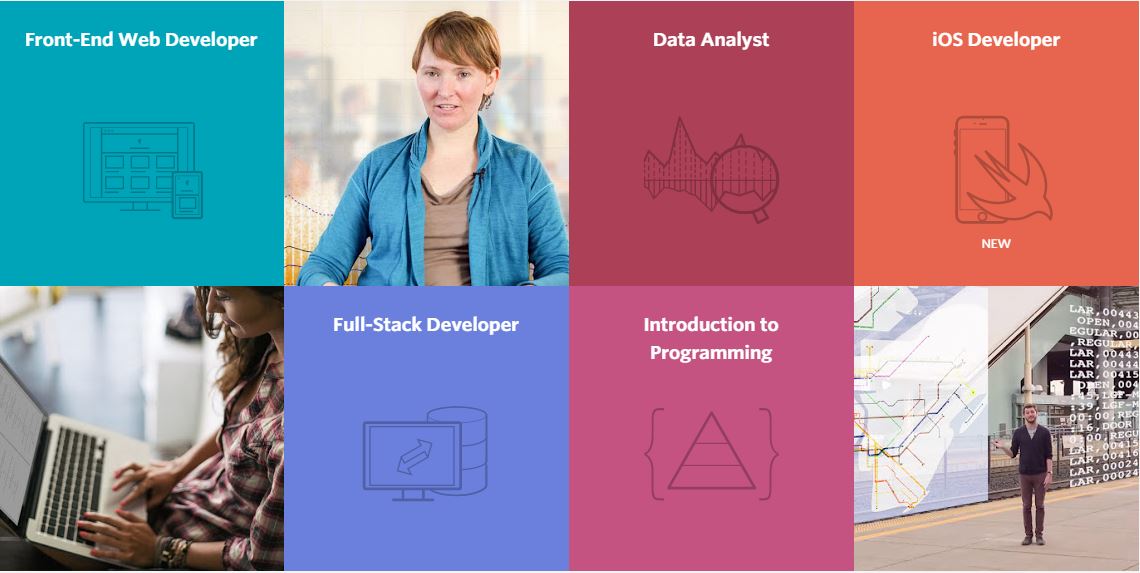Udacity Vs. Microsoft Virtual Academy[MVA].
What are the differences? Which one is better? Are they worth your time? And, if you have to choose one, which platform you should go for?
There are many questions that need to be answered. Online Massive Open Online Courses boomed in the year 2011 and the idea of democratizing education is expanding faster than anyone can think of.
Yes, we are at the verge of creating the most interesting path in learning. Now, everything you can think of is available online and if you have the passion and interest in the subject, you can become a master.
Online learning has always been on my cards. The time I started learning was the time when Udacity first came into existence. I will be glad to say to anyone that I am one of the first students who took Udacity very popular course CS101 and build a search engine.
The path was not easy. The main reason could be how the online courses are different from traditional classroom courses. It was different from many facets and the idea of learning online was new for me.
Also, the main topic is to compare both the platforms and how they are changing students life. There is no competition between them — after all it is an open market and most of the MOOC providers provide their materials for free.
For example, Udacity which started as a completely free platform(still free) offered their course material to anyone who goes to their site and registers an account on their website, but they changed their business model later on.(more on this later).
Let’s not waste more time on the introduction and part and let’s jump on to the platform one by one.
Udacity
I am a big fan of Udacity. Udacity is one of my main online platforms and I got all excited by how they were approaching the MOOC idea. The idea is to provide high-quality courses at free of cost, and I must say that they have achieved it.
Clearly, Udacity is famous in the online learning scenario and there is no one who can deny them from this tag of glory. But, what makes them so unique? Let’s get started with some of the positives of Udacity and what they have to offer to the students like you and me.
The Variety of Courses
The first thing that you will notice about Udacity is how they have approached computer science. I must say that they are more focused on computer science than anything else. In their early days, they were more focused on creating a platform for learning and tried out some non-tech courses but eventually realized that tech courses where their main forte.
Early non-tech courses such as How to Build a Startup, Intro to Design of Everyday Things were my personal favorite and I completed both of them. Learned a lot of things about design and entrepreneurship, and I must say these courses are a motivation for me to start my own website, TechAltair.
Now, let’s get back to what they have to offer.
Currently, they have four skill level courses.
They are as follows.
- New To Tech — These courses are aimed at complete beginners. Don’t have any idea how to write “Hello World” program. Well, you are in luck with the courses listed under “New to tech”.
- Beginner — Beginner is a notch up compared to “New To Tech”, but still have that touch of care in lessons. You will find it easy to go through the courses if you are a beginner.
- Intermediate — The name says it all. With the intermediate level, you will find some challenge and also you will learn more advanced stuff compared to Beginner level.
- Advanced — The ultimate skill level. You will be challenged to death(in code world), and if you are veteran, you will love the challenges the courses has to offer.
Interesting, right? Well, it is for sure. The categorization helps the users to choose the perfect course for their needs. The idea is to hit the nail at its head and keep learning as simple as possible.
The Collaboration Effort
Udacity develops courses in-house and always try to maintain the quality of the course. To bring more diversified courses to the platform, they have a brilliant model at a place. They invite big companies such as Google, Facebook, AT&T and others and build amazing courses with collaboration.
The end result is a highly interactive, highly polished course that aims to teach by example and projects(more on this later).
The above image shows all the 3rd party collaborators that have helped Udacity shaped its future. The teachers are industry experts and there is a lot to learn from the courses(practical knowledge).
The Project Path
Almost all the courses that you complete on Udacity platform have projects. In the end, you will not only be able to learn the theoretical aspects but also end up working on a real project. In the end, this is more helpful for showcasing skills to a potential customer.
Learning is all about being exposed to scenarios where you have to build something and Udacity aims to do just that.
Also, their courses have frequent quizzes that revolve around the idea of checking the knowledge before moving ahead. I like the idea and how they have managed to keep students interested in learning by simplifying content and providing tons of mesmerizing learning videos for the students.
Gamification
All good about Udacity until now.
But, Udacity platform lacks in gamification. For me or many learners out there, gamification can be a game change. You learn — no doubt, but it is hard to keep motivated with a lack of the certificate of completion and other gamification elements.
Microsoft Virtual Academy, on the other hand, offers tons of gamification elements and we will get to it when we discuss MVA in detail.
Once upon a time, Udacity offered certificates(free) to the students but scrapped it for a better business model, where only the paid courses offer a verified certificate. The idea is to monetize the platform and I don’t blame Udacity for this.
I was taking a lot of courses at the time Udacity was offering certificates. When the announcement came around that they are stopping free certificates, the enthusiasm wore off(or motivation). And, it also caused an outrage in the community.
The idea of no free certificate is a nasty one. For me, it is a win-win situation for both the platform and the community. Many users see the free certificate as a credential on the resume. This is the time, I introduced myself to a better-gamified platforms such as Coursera and EDx.
They have better free certificate structure and can keep you motivated for the most of the time.
Nanodegree
Computer skills are not about just writing a program. It is about bundled knowledge and this is where Nanodegree came into the picture.
Nanodegree is a Udacity effort to make online course certificate verified and valuable in the industry. The Nanodegree is of course not free and if you are choosing to take any Nanodegree course, you have to take into account the cost, which is currently $200 per month.
Those who are serious about their career and want to make it big on the resume should go for the Nanodegree.
Currently, there are 7 Nanodegree programs which include Front-End Web Developer, Android Developer, Data Analyst, Tech Entrepreneur, iOS Developer, Full-Stack Developer, Intro To Programming.
Udacity gets updated frequently and if you love new things, you won’t be disappointed.
Benefits of Nanodegree
By doing Nanodegree, you will be able to have the following benefits.
- Demonstrative Skills — building real-world projects.
- Learning by doing and not theory.
- Guidance and support from coaches.
- Completely doable with a current job.
The most important aspect of a Nanodegree is that you don’t need to leave your current job to take the courses. They are made in such a way that you can do it with your job.
To encourage students, Udacity will also return your tuition fee if you complete the Nanodegree within 12 months of enrolling.
You can know more about Nanodegree here.
Microsoft Virtual Academy
Long story short, I was looking to learn Django online so that I can get started. The good news came along when I stumbled upon Developing Websites using Python and Django.
This is not the first time, I have stumbled upon Microsoft Virtual Academy, but this time I have the motive to go through the course.
I started the course and it took me around one week to complete the course. I am delighted at what MVA has to offer to online learners. They are good and better in some way when compared to Udacity.
MVA is a perfect example of gamification done right. You will get points to complete videos and courses. At the end of the course, you will get a certificate of completion, which just adds to the gamification. For those who think that it can add value to the resume, it is just the partial truth. The real truth is that you are able to execute your learned new skills to the benefit of the company that is going to hire you.
The Variety of Courses
MVA is a platform for a more mature audience, but that doesn’t mean they don’t offer courses for the newbie learners. The main focus of MVA is Microsoft products and Windows. Most of the courses revolve around them.
The four main target audience of MVA are Developer, IT Pros, Data Pros and students(like you and me).
Imagine MVA is also a great way for encouraging new students to learn coding. The end result is a community with future coders that have the ability to change the whole world.
Overall, I love the variety of courses that MVA has to offer.
The Course Structure
MVA is quite different from Udacity in this respect. Many of us are accustomed to 40 minutes lectures and MVA works the same way. Udacity, on the other hand, is more aimed at a large audience who can go through 4-5 mins of lecture and then test their knowledge.
In the Django course, there was 5 modules, each 40 minutes. At the end of the each module they will test your knowledge with a multiple-choice questions. This approach is great, but a little flawed.
I like how Udacity approaches the learning, but that’s a perspective. Advanced users might want to listen to the whole lecture and then try to internalize the learning by tests and doing it in real life.
Industry Experts to the Rescue
MVA courses are made by industry experts who have practical knowledge in their fields. This means that you get to learn latest technologies and in a practical manner.
Similar to Udacity, the courses are also aided with practical projects and the end of the course you will have a complete project at your end. The project might not be a fully-furnished real world project, but they do provide the learning required during the course.
Gamification
If you love gamification then you will love MVA platform. The platform is completely gamified. This means that you get points for completing lectures and courses.
They also have rankings in both local and in the world. This provides a great opportunity for learners to compete with other learners across the world.
The dashboard offers more insight on your progress and also offers a learning path(more on this later).
The idea is to create a sweet spot for learning. A lot of learners(including me) love gamification.
Paid Content
Currently, the MVA is free and you can get access to books with discount coupons. They are available within your dashboard. I really love the idea as it provides an initiative for learners to get advanced in their skills. Books are universal and the oldest way to gain knowledge or new skill, and in case of the IT, it has the same motive.
Learning Path
In MVA, you can create learning path. This means selecting a bunch of courses and completing them in a linear fashion. You can add any course to learning path by just click the “add to learning path” button that appear on top of each course.
This is a refreshing way of planning your learning. You can also add new plan related to different technology.
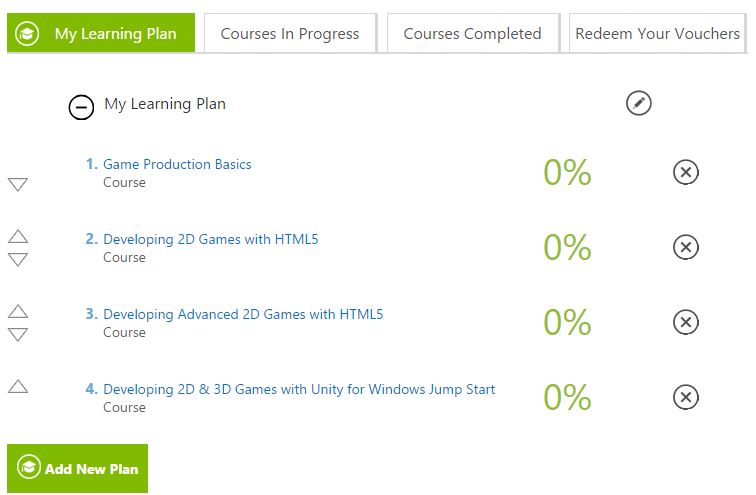
The final Conclusion
With over 4 million registered users, MVA is a great place to learn. Similarly, Udacity is one of a kind online platform for learners. The main difference between both of the platform is the gamification option.
It is impossible to compare the two platforms in terms of the quality of the courses. But Udacity do have a better quality control compared to the MVA.
If you are new to learning, I would recommend Udacity compared to MVA. MVA is much better at a mature audience, especially developers and IT professional.
The lack of gamification in Udacity really hurts. They should invest more time in gamifying the system.
On the other hand, MVA should have a proper discussion forum. Udacity offers a great discussion forum which enable a better student to student interaction and better learning.
So, which platform do you use for online learning? Do, comment below and let us know. I am also eager to learn which online course you are currently taking?
